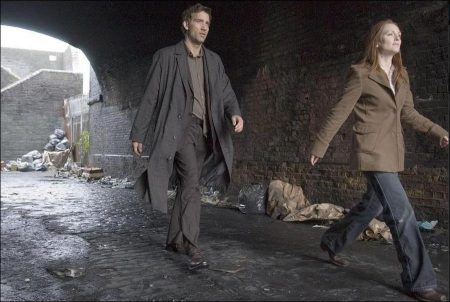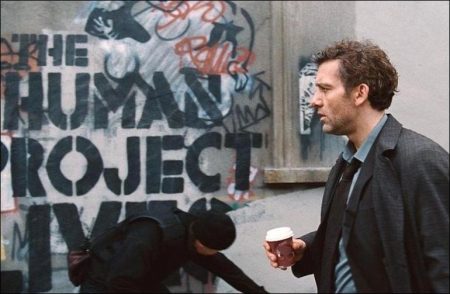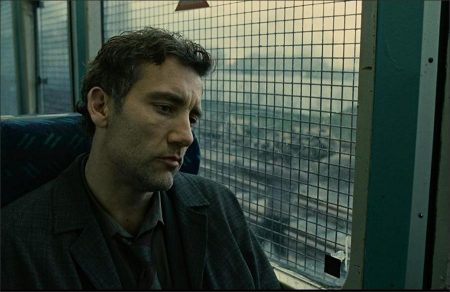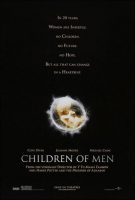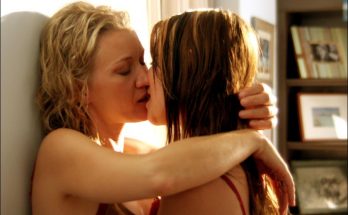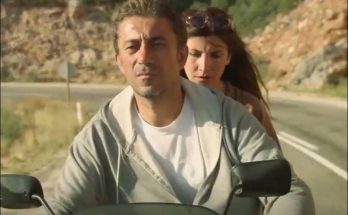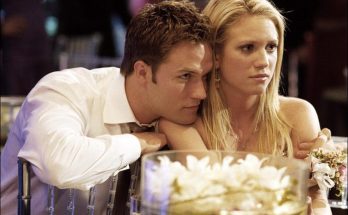Children of Men: Shooting and Cameras
Children of Men Movie Trailer. Alfonso Cuarón made the conscious decision early on to shoot as many long sequences as he could in Children of Men, removing some of the rhythmic, artificial cuts associated with current cinema and allowing for a more realistic, cinéma vérité style—“to squeeze the frame to the last of its potential…to hold the frame until there’s nothing else we can tell in that frame and, all the time, following Theo’s perception,” he offers.
To achieve this, he utilized wide lenses and a roving “curious” camera in an attempt to elicit an emotional response to the characters being portrayed in a certain space at just the right time. This meant a higher level of choreography from cast and crew to orchestrate these difficult, lengthy, near-documentary takes. More rehearsal time was taken during production to prepare for the more intricate shots, in order to maximize time within the restrictions of location shooting. In the end, these longer takes (Cuarón reasoned) would cut down on the time spent in editing, with the seamless look he wanted already begun by the cinematography. The overall goal: Keep the audience in the film and plugged into the drama of Theo’s journey.
To achieve Cuarón’s desired look, camera operator George Richmond shot for 16 weeks with a handheld camera. The resulting shots are tactilely real, giving a feeling of being in the moment while following Theo on his turbulent journey. Lubezki offers, “The camera almost became another person on set—a curious, inquisitive person who follows our main character and, at times, becomes very nervous and edgy. This puts the audience in the environment and gives them a sense of ‘real’ time.”
This is never more evident than in one of the longest, most action-filled sequences toward the end of the film, when “we follow characters through the streets in the midst of battles into this apartment building, being shelled from the outside by the army with freedom fighters shooting back from inside. And we follow room to room, floor to floor, in one single shot. I had this instinct to tell everybody, ‘Don’t worry, we can always cut.’ But everyone—the ADs, the stunt people, the visual effects, the cast, the crew—took it as a crusade and said, ‘No way, we’re not going to cut! We’re going to go all the way through!’” relates Cuarón.
The final sequence took four days of preparation with no cameras rolling. On the fifth day, several failed attempts occurred. Then, just before day’s end, the scene came together, per the director, “better than I could have hoped, because there were little accidents along the way that made it more lively!”
Clare-Hope Ashitey recalls, “Alfonso tends to build up his scenes in layers, and between each shot and each take, he’ll add comments, which really help you to layer your performance. Soon, he’s created something so different from what you started with.”
The look and style of the film was another one of the elements that attracted Caine to the project: “So it’s 2027, and these futuristic films tend to be expensivelooking and slick, but ours is dirty and shadowy. They usually put dolly tracks down, but our film was shot using handheld, so it looks something like a newsreel. That was the final thing that swayed me to do it. I actually thought, ‘Aha, here’s a director who’s actually thinking!’”
Some of the takes involved in the long sequence of shots could only work during certain times on any given day. Producer Abraham says, “It’s been difficult shooting in the U.K. in the middle of winter, because you have a limited amount of time where there’s enough light to expose the film.”
Every detail of a shot was diligently prepared prior to a take, which didn’t leave much room for mistakes. But, says Owen, “We had an amazing camera operator who literally, from day one, put the camera in incredible positions. He did extraordinary things, and all by hand—it gives you a constant feeling that you’re present in the environment.”
For some of the very challenging shots desired—in particular, a 12-minute sequence of dialogue and action filmed from within a car carrying five passengers—the creative minds behind the cameras were required to develop some made-to-order technology. The result was an invention affectionately referred to as “the contraption,” which was a rig that allowed the camera to move around the interior of the car without the passengers getting in the way, with the final, seemingly continuous shot appearing as if there are no internal cuts. While the integral components of the contraption had been previously utilized separately, they had never all been assembled for use simultaneously.
Frank Buono (from the U.S.-based company Doggie Cam) was one of the masterminds—along with Cuarón and Lubezki—behind the contraption. He explains, “The rig allows for the camera to be put anywhere inside the car and be able to look around 360° out of the window…and never see any rigging or be bothered by any obstructions. It was built on a platform that was especially made so that it can be driven forwards and backwards by stunt drivers at the same level as a car. The cameraman, director, focus puller and I filmed the shot from an operations station built on top of the rig. We looked a little like the Beverly Hillbillies rolling down the street while we were shooting, but the end product is an incredible piece of film work.”
One of the five actors inside the car was Chiwetel Ejiofor, who offers, “This one shot is captured with one continuous moment…which means our movements and reactions have to be very fluid in terms of what the camera is doing. Our seats are on hinges, so that all the actors get out of the camera’s way as it moves around the inside of the car.”
All who collaborated to create the contraption hope they have come up with something that will continue to be used in filming. Buono continues, “Alfonso has been scratching his head trying to figure out a way to patent this idea, because he’s worried everyone is going to catch on and start using it! He’s incredibly proud of it, as are we all. It kind of feels like we have created a landmark shot on this movie, really, this roller coaster inside a car.”
Children of Men (2006)
Directed by: Alfonso Cuarón
Starring: Clive Owen, Julianne Moore, Gary Oldman, Charlie Hunnam, Chiwetel Ejiofor, Michael Caine, Mishal Husain, Danny Huston, Phoebe Hawthorne, Rita Davies
Screenplay by: David Arata, Alfonso Cuarón, Timothy J. Sexton
Production Design by: Jim Clay, Geoffrey Kirkland
Cinematography by: Emmanuel Lubezki
Film Editing by: Alfonso Cuarón, Alex Rodríguez
Costume Design by: Jany Temime
Set Decoration by: Jennifer Williams
Art Direction by: Ray Chan, Gary Freeman, Paul Inglis, Malcolm Middleton, Mike Stallion, Stuart Rose
Music by: John Tavener
MPAA Rating: R for violence, language, drug use, brief nudity.
Studio: Universal Pictures
Release Date: December 25, 2006
Views: 229
